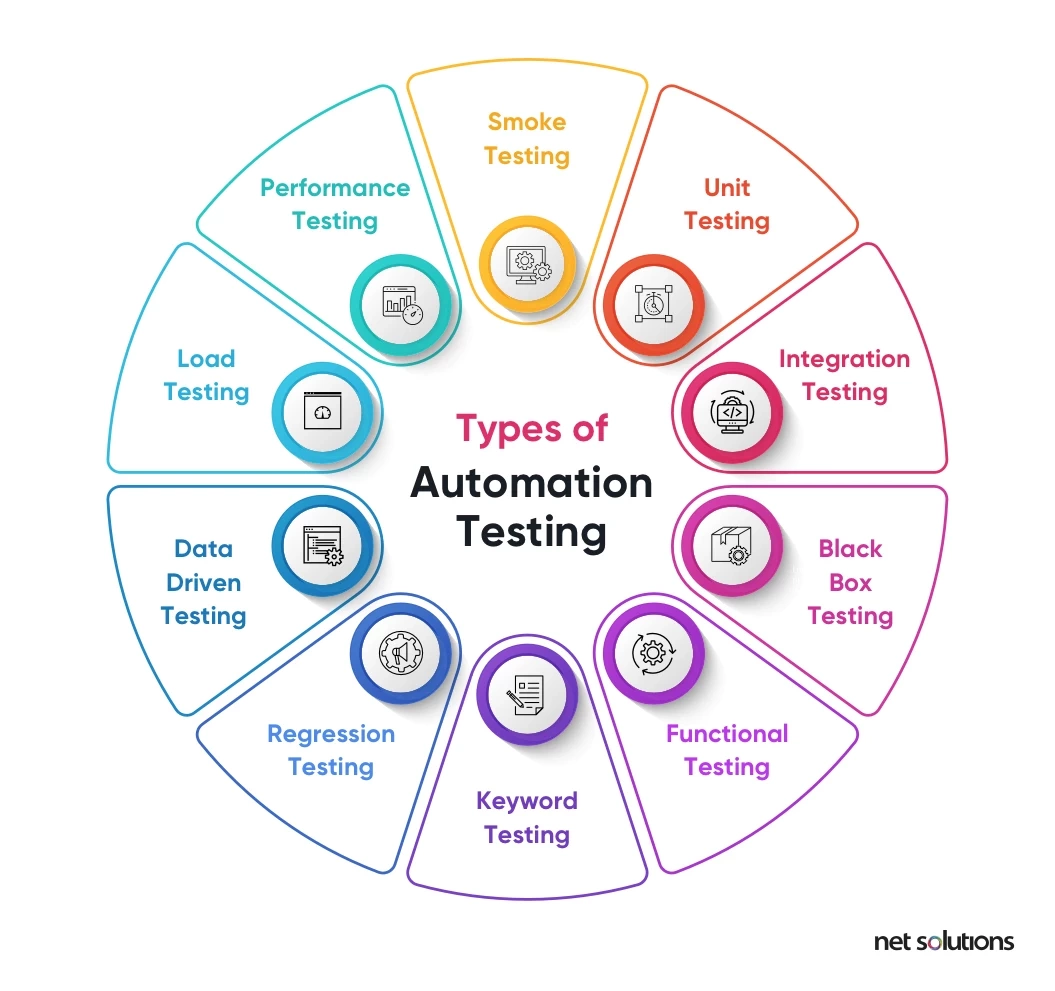From Manual to Automated Screening: A Comprehensive Overview to Transitioning Smoothly and Effectively
In the realm of software application testing, the shift from guidebook to automated procedures has become a progressively vital shift for companies seeking to improve efficiency and precision in their testing practices. The journey from manual to automated screening is not without its difficulties, however when approached strategically and with a clear plan in mind, the advantages can be significant.
Advantages of Automated Examining
Automated screening provides countless advantages, enhancing performance and accuracy in software growth processes. Automated tests can be run at the same time on multiple gadgets and operating systems, drastically speeding up the screening stage contrasted to hand-operated testing.
Additionally, automated screening makes sure a greater level of precision in detecting flaws. Consistency in testing is also boosted, as automated tests perform the very same steps specifically each time they are run.
Choosing the Right Tools

First of all, evaluate your demands and objectives. Comprehend the range of your task, the modern technologies entailed, and the ability of your team. This analysis will aid you establish the capacities and attributes you require in your testing devices.
Second of all, consider the compatibility of the devices with your existing systems and processes. Smooth combination with your current software advancement lifecycle is necessary to make certain a smooth shift to automation.
Additionally, review the scalability and versatility of the devices. As your screening needs progress, the devices should be able to adapt and suit adjustments properly.
Lastly, consider the assistance and area around the tools. Durable support and an active customer community can offer important resources and assistance when carrying out automated testing. By very carefully taking into consideration these elements, you can choose the right tools that align with your requirements and established the stage for an effective change to automated screening.
Writing Effective Examination Scripts

When crafting test manuscripts, it is vital to think about the details demands of the software being evaluated and guarantee that the scripts resolve all crucial performances. Descriptive and clear naming conventions for examination scripts and test situations can enhance readability and maintainability. Furthermore, integrating mistake handling systems within the test scripts can help in identifying and dealing with problems without delay.
In addition, arranging examination manuscripts right into modular parts can boost reusability and scalability, lowering redundancy and boosting efficiency in examination script maintenance. Regular reviews and updates to evaluate manuscripts are crucial to equal progressing software visit this website demands and functionalities. By adhering to these concepts, testers can develop reliable and durable test manuscripts that contribute considerably to the success of automated testing procedures.
Integrating Automation Into Workflows
By perfectly integrating automated testing tools like Selenium or Appium into the software development lifecycle, teams can attain faster comments on code changes, leading to quicker pest discovery and resolution. This integration permits for continuous testing throughout the advancement process, ensuring that any type of problems are recognized early on, resulting in greater software program top quality. Proper assimilation of automation devices requires collaboration between development, screening, and operations groups to establish a unified operations that maximizes effectiveness and performance in delivering premium software application items.
Guaranteeing a Smooth Transition
Successfully transitioning to automated screening entails careful planning and cautious execution to take full advantage of and lessen interruptions efficiency in the software program development process - automation testing. To make sure a smooth change, it is important to start by carrying out a comprehensive evaluation of the present screening processes and recognizing areas where automation can see post bring the most significant benefits. Involving with all stakeholders at an early stage while doing so, consisting of developers, testers, and project managers, is essential for amassing support and buy-in for the automation initiative
Interaction is vital during this change stage. Clear interaction of the objectives, advantages, and assumptions of automated testing assists to manage any kind of resistance or worries that may emerge. In addition, offering appropriate training and sources for staff member to upskill in automation devices and methods is vital for guaranteeing an effective transition.

Conclusion
Finally, transitioning from manual to automated screening offers various advantages, including boosted effectiveness and integrity. By selecting the ideal tools, writing reliable test scripts, and integrating automation flawlessly into workflows, organizations can make sure a effective and smooth transition. It is important to welcome automation as a beneficial property in software program testing processes to enhance general high quality and productivity.
In the world of software program testing, the shift from manual to automated processes has actually become a significantly essential transition for companies seeking to improve efficiency and important source accuracy in their screening methods. Automated examinations can be run at the same time on numerous devices and operating systems, dramatically speeding up the testing stage compared to hands-on testing. Consistency in screening is also boosted, as automated tests carry out the same actions precisely each time they are run.To make sure the effective application of chosen screening tools, the production of efficient examination scripts plays an essential role in confirming the functionality and efficiency of automated processes - automation testing. By complying with these concepts, testers can produce reliable and robust examination manuscripts that contribute considerably to the success of automated screening procedures